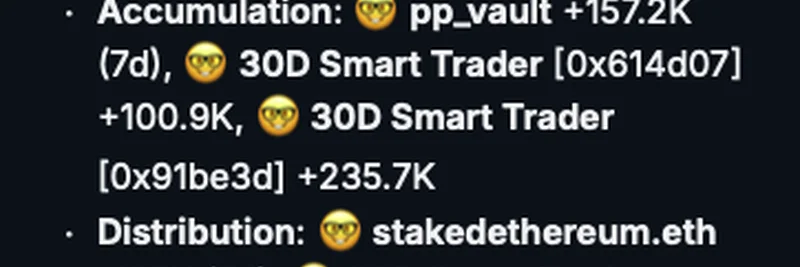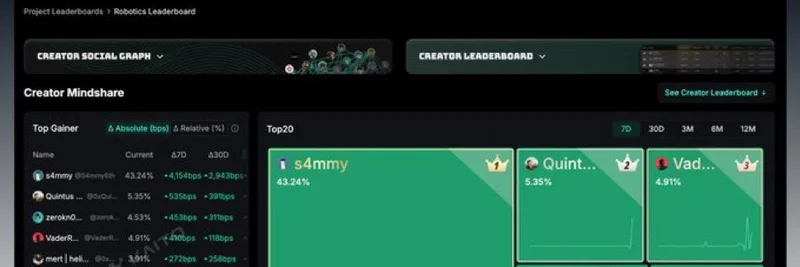Litecoin, often dubbed the "digital silver" to Bitcoin's "digital gold," just hit a huge milestone that's turning heads in the crypto world. According to a recent post from BSCNews on X, the Litecoin network has surpassed 360 million lifetime transactions as of November 17, 2025. That's not just a number—it's a sign of real-world adoption picking up steam, especially in payments and privacy-focused uses. For those in the meme token space, this is particularly interesting because Litecoin's tech underpins some of the biggest meme coins out there, like Dogecoin.
Let's break it down. Litecoin was created back in 2011 by Charlie Lee, a former Google engineer, as a fork of Bitcoin. The goal was to make everyday transactions faster and cheaper. Unlike Bitcoin's 10-minute block times, Litecoin cranks out blocks every 2.5 minutes, and fees are usually under a penny. It's got a cap of 84 million coins, which helps keep things circulating without too much scarcity pressure. Over the years, it's built a reputation for reliability—100% uptime, no major hiccups—and it's evolved with upgrades like Segregated Witness (SegWit) in 2017 for better scalability and Mimblewimble Extension Blocks (MWEB) in 2022 for optional privacy.
Why the Transaction Surge Matters
This year alone, Litecoin added about 60 million transactions, making up over 16% of its all-time total. That's more than any full year before, showing the network isn't just surviving; it's thriving. Independent trackers like Blockchair and BitInfoCharts confirm the numbers are legit, hovering just over 350 million at the time of writing, but the Litecoin Foundation pegs it at 360 million.
What's driving this? A few key factors stand out:
Cheap and Fast Transactions: With fees staying below $0.01 and quick confirmations, Litecoin is perfect for everyday stuff like micropayments or buying gift cards. It's not bogged down by congestion like some other chains.
Merchant Adoption: On platforms like BitPay and CoinGate, Litecoin often tops the charts for transaction counts. In some months, it handled 34-40% of payments on BitPay, beating out Bitcoin in volume (though Bitcoin wins on bigger ticket items).
Privacy Boost from MWEB: This feature lets users hide transaction amounts if they want, without slowing things down. It's drawn in folks needing discreet transfers, like remittances, adding to the overall buzz.
Institutional and Corporate Moves: Companies like MEI Pharma and Luxxfolio have added Litecoin to their treasuries, involving big on-chain moves. Plus, integrations like the Telegram Wallet make it easy for millions to send LTC peer-to-peer.
Network Strength: Hashrate is peaking at 2.7-4 petahashes per second, and daily active addresses are often over 400,000—sometimes hitting a million. That's a healthy, secure network with broad participation.
Compared to Bitcoin, Litecoin handles 30-50% of the daily transactions at a much lower cost, making it the go-to for payments while Bitcoin focuses on being a store of value.
The Meme Token Connection: Dogecoin and Beyond
Now, why should meme token enthusiasts care? Dogecoin, the original meme coin that started as a joke in 2013, is actually built on Litecoin's codebase. It uses the same Scrypt algorithm and shares similar tech perks like fast blocks and low fees. Dogecoin's success—turning a Shiba Inu meme into a multi-billion-dollar asset—owes a lot to Litecoin's foundation. When Litecoin grows stronger, it indirectly bolsters Dogecoin's infrastructure, especially since they can merge-mine (miners secure both networks at once).
This milestone could signal good things for meme tokens overall. Many memes live on chains like Solana or Ethereum, but Litecoin's focus on utility shows how solid tech can drive adoption beyond hype. For instance, if meme projects start incorporating privacy features like MWEB or low-fee payments, they could attract more real users, not just traders. Think about it: a meme coin with Dogecoin's fun vibe but Litecoin's payment prowess could be a game-changer in remittances or online tipping.
Plus, with Litecoin's hashrate and active addresses climbing, it sets a benchmark for security in the meme space. Meme tokens often face volatility, but tying into proven networks like Litecoin could help them mature. We're seeing spillover effects too—when Bitcoin gets congested, users flock to Litecoin (and by extension, Dogecoin) for cheaper alternatives.
What This Means for Blockchain Practitioners
If you're building or trading in the meme token world, Litecoin's surge is a reminder to look beyond the memes. It's about building on reliable tech that supports real adoption. Keep an eye on developments like Layer-2 solutions on Litecoin, which could open doors for meme projects needing scalability. And with corporate treasuries jumping in, it hints at institutional money trickling down to related assets like Dogecoin.
In the end, this isn't just Litecoin winning—it's a win for practical blockchain use. As the crypto landscape evolves, milestones like this show how networks can grow sustainably, offering lessons for meme tokens aiming to stick around long-term. For more insights on how traditional cryptos influence the meme scene, check out our knowledge base at meme-insider.com.


